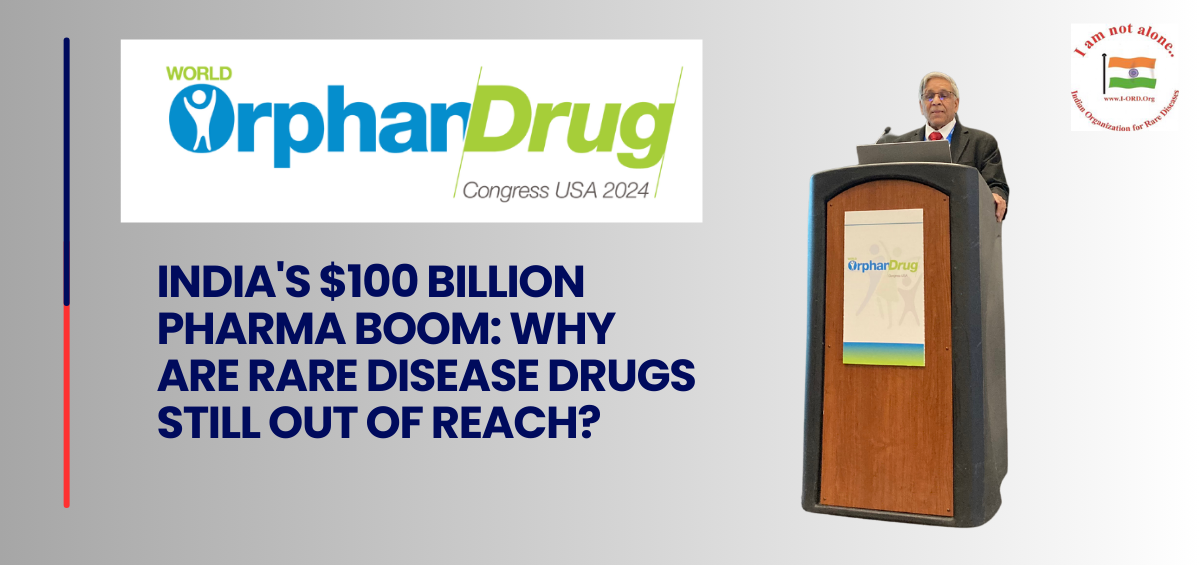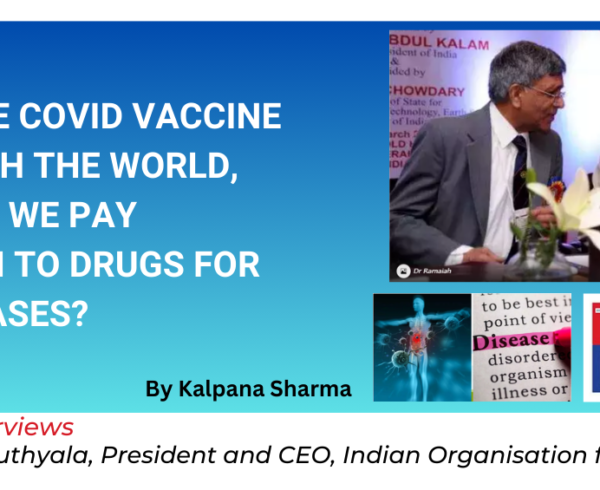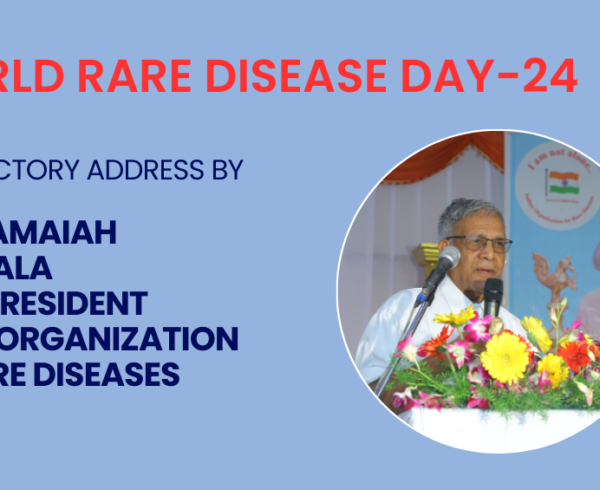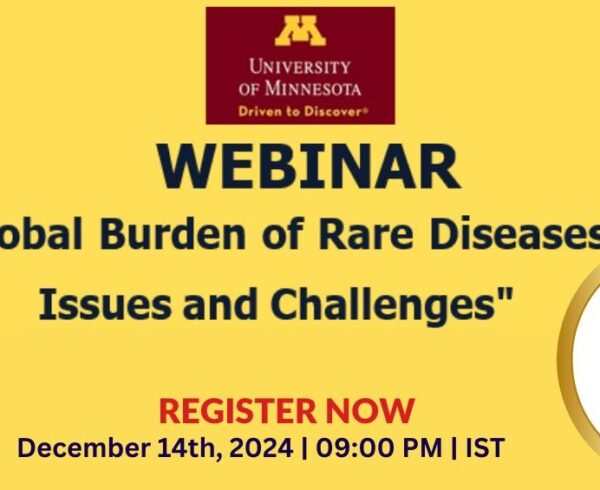By 2025, Indian pharmaceutical industry in the nation is predicted to reach $100 billion.
Boston, USA: Even though India produces all 450 of the world’s orphan medications (APIs), the majority of these medications are not readily available and are not reasonably priced there, said Indian Organization for Rare Diseases (IORD) CEO & President Prof Ramaiah Muthyala at the World Orphan Drug Congress-2024.
While India’s pharmaceutical industry is predicted to reach $100 billion by 2025, access to rare disease drugs is still a major problem in India, where local and imported orphan medicine prices fluctuate significantly with huge cost differences.
In his address on “Innovative & sustainable ways to increase access to treatments” at the World Orphan Drug Congress-2024 that concluded in Boston Convention & Exhibition Center (April 23-25), Prof Ramaiah Muthyala discussed innovation and how it may be used to get orphan medications in impoverished nations like India.
He has been quoted by Navlin Daily saying, “The Indian government is bending backward to promote pharmaceutical innovation to make India a global leader. The Pharmaceutical Technology Upgradation Assistance Scheme is meant to support the pharmaceutical industry in upgrading to global quality standards.”
However, he pointed out that “invention and innovation are misused and abused in many ways”. He sought to distinguish between invention and innovation, defining the former as “the first emergence of a new idea or product” and the latter as the “intersection of discovery and invention to create economic value.”
For example, innovations can take the form of bettering diet, cleanliness, and service quality, or developing new vaccinations to prevent COVID-19.
There is another form of innovation known as “Jugaad technology,” and he attributes India’s prosperity to it. India provides such low pricing because, in Hindi, jugaad means the “most economical way to complete a task,” according to Muthyala.
With over 60,000 brands, the Indian pharmaceutical industry is the global leader in generic brand supply. Among the top generic firms worldwide are four Indian companies.
According to Prof Muthyala, “the Indian government is going above and beyond to support pharmaceutical innovation to make India a global leader.” The Pharmaceutical Technology Upgradation Assistance Scheme is designed to help the pharmaceutical business upgrade to meet international quality standards, and he nodded in agreement.
Muthyala mentioned a few orphan medications along with the differences in import vs local costs for each that include:
- Drxia, a medication for sickle cell illness (import cost $920, India cost $5)
- Tyrosinemia treatment with nitinone (imported for $2.6 million, paid for in India)
- Gaucher’s disease treatment with elimglustat (imported for $2.1 million; India cost $3,600)
- Wilson’s disease trientine (import cost $20,000; India cost $240)






